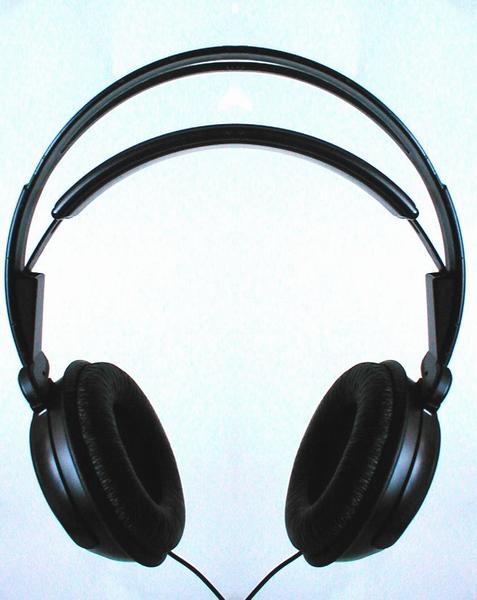
A couple of weeks ago, Mustang High School suspended some students for being high, not on your workaday physical drugs, but rather on “digital drugs”. These “drugs” are mp3 files that play a specific tone in both ears, supposedly “entraining” your brain waves to a specific frequency. You might remember this concept from the lawnmower man-esque helmet consoles sold by The Sharper Image in the nineties that played binaural beats mixed with backwards masked messages about quitting smoking. No doubt a large team of highly qualified neurologists in a bunker somewhere have isolated the brain wave patterns of people on, say, crystal meth, and have carefully crafted mp3s to put you in the same mental state.
Â
The State Bureau of Narcotics was quick to issue a warning about the potential “slippery slope” from these “digital drugs” to actual drugs. (It’s always nice when people mention the logical fallacy they’re engaging in by name). You may have read about it in The Oklahoman, or in a piece in Slate’s “Bogus Trend Watch”.
Setting aside for the moment the fact that anyone who is scouring the internet for ways to get high via mp3 has probably already slipped or sledded down the slippery slope, the whole thing smacked of needless fear-mongering. Having little else to do and seeing the potential to selflessly perform a public service, I decided to score some low frequency tones.
In the interest of science, I picked 4 “drugs” to test. I then laid down on the couch in the dark as directed. After each file I wrote down on a piece of paper the effects I was feeling, and then after the test matched them to the name of the substance I was supposedly in the thrall of.
The files themselves just sound like white noise; probably the best analogy would be having the hum of a refrigerator piped into your headphones for 40 minutes. A few minutes in, the tone changes. Some have crappy electronic music playing over them, so it sounds like you’ve decided to listen to Hearts of Space and do your laundry at the same time. At first, the whole thing is kind of relaxing. You just sit there half expecting something to happen, slowly getting bored. Around minute 25, if you aren’t bored out of your mind and irritated by the incessant buzzing, you may well be under the influence. After several hours of rigourous testing, here are the results:
Substance one: “Kinda sleepy”- marajuana
Substance two: “drowsy, sinus pressure”- oxycontin
substance three: “annoyed, drowsy”- exstacy
substance four: “skeptical, drowsy”- cocaine
Of course, for this to be a truly scientific test, I would have to do a control test with the actual drugs in question, which is really way out of my price range. I suppose it’s possible that other people can get actual effects and I can’t, or that I would react in the same way to the actual substances in question, but I really doubt it. The sleep inducing powers of cocaine are not well documented. It seems much more likely that “binaural entrainment” is one of those things that only works if you believe in it, like religion and cognitive behavioral therapy.
If there’s a slippery slope here, I think it’s probably from “digital drugs” to ambient new age music, or from being a huge pothead to being a huge pothead who just wasted money on pretend drugs. Of course, I don’t expect this to stop the state legislature (which never lets a moral panic go to waste) from making us the first state in the nation to outlaw the placebo effect.
I’m strongly opposed to the purchase of drugs and even more strongly opposed to the purchase of crappy drugs, so I won’t link to the purveyors of this system. If you really want to give it a shot, just google “binaural beats +drugs”.
But really folks. Just say no.